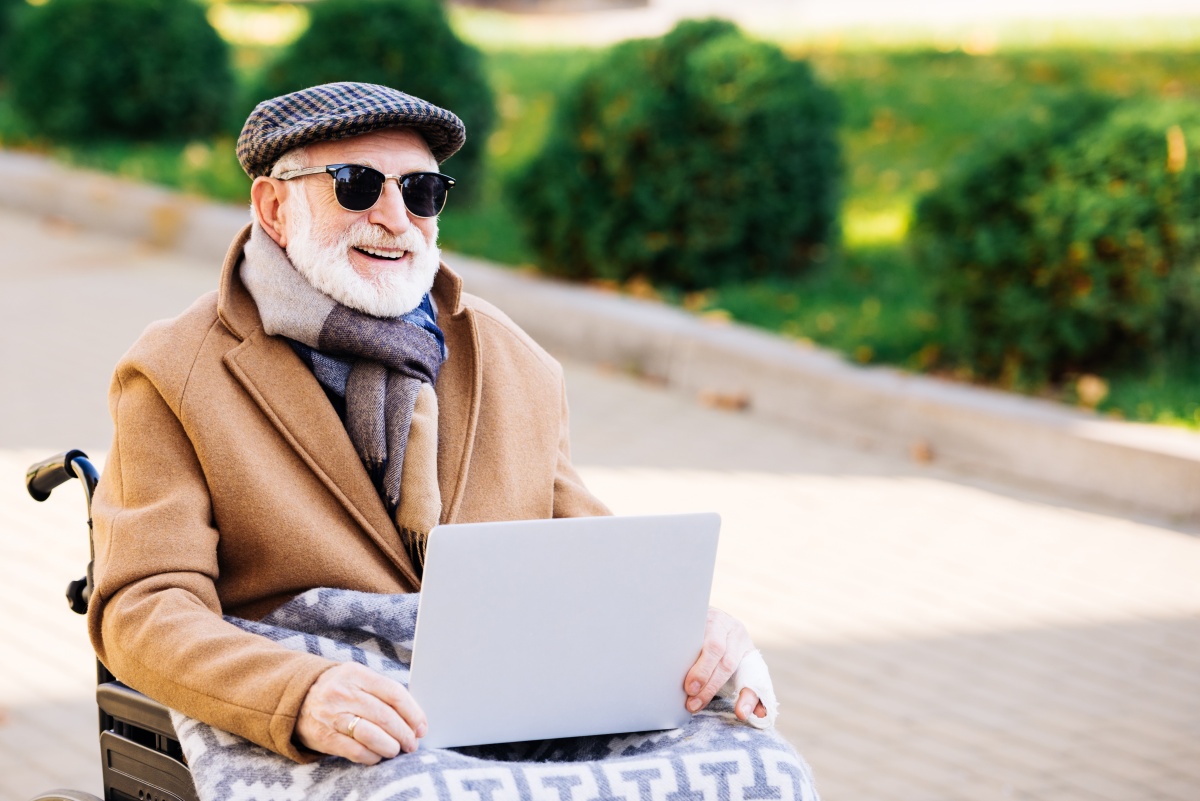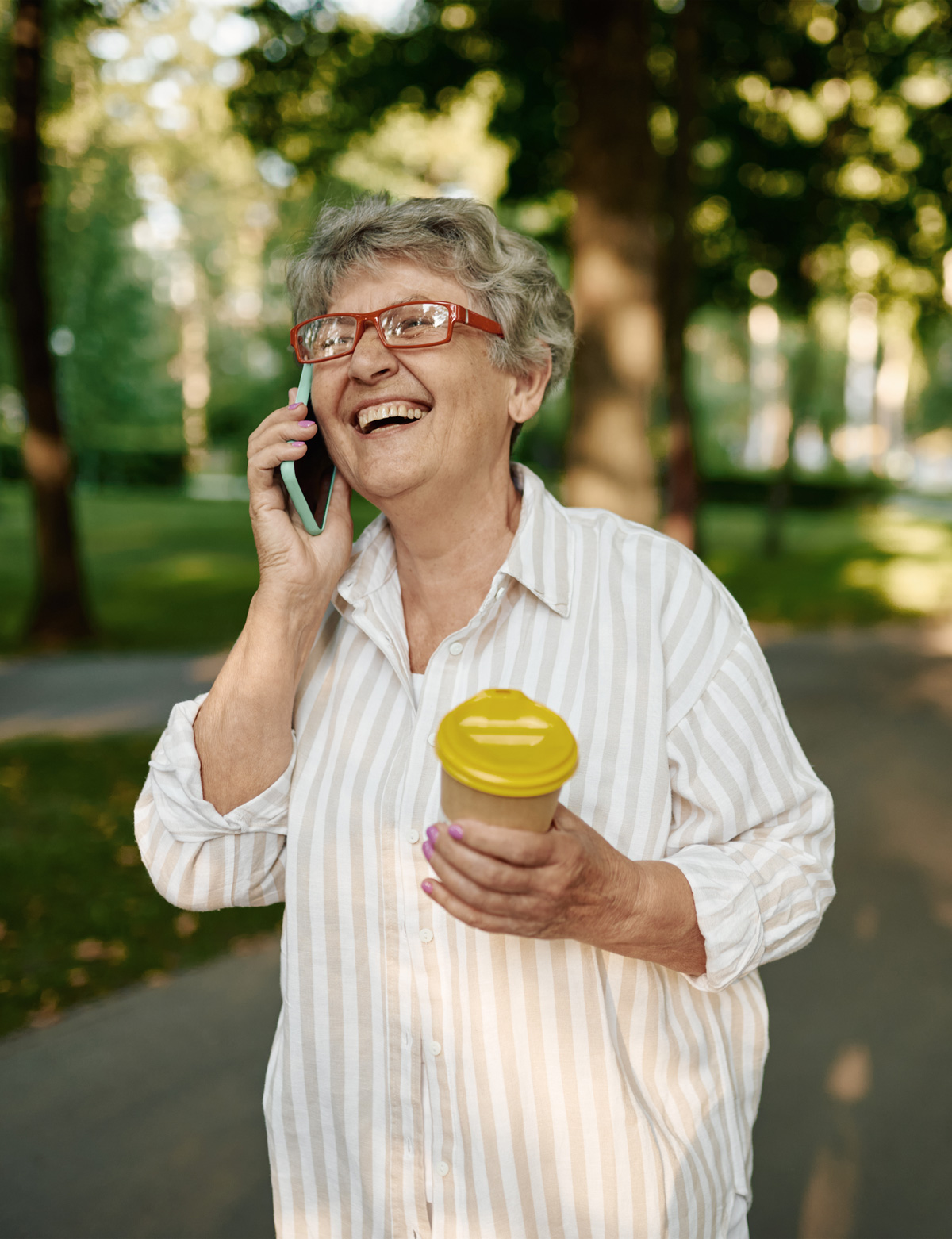Wrapping up our series on falls and fall risk mitigation, we have these five tips for preventing falls. Be sure to read the other articles, Ear Function and Balance, Vision and Fall Risk, and Hearing Linked to Fall Risk. Also, be sure to check out our Facts About Falls Infographic. Falls are very dangerous for seniors and taking common-sense steps in congress with annual eye and hearing exams can go a long way to preventing falls. As the aging population grows and fall rates increase, we could be looking at 7 fall deaths an hour by 2030.[i] Awareness of risks, simple fixes, and annual medical attention can prevent falls and save lives in skilled nursing facilities and at home.
- Encourage Annual Eye Exams. Poor vision doesn’t just impact the clarity of your environment, it also impacts balance and raises your risk of a fall.[ii] Encourage your residents to visit the optometrist once a year. One in three of all seniors will have some type of vision-reducing eye disease.[iii] Simple solutions like updated eyeglass lenses, or use of a magnifying glass, can greatly impact resident’s safety and quality of life. The number of seniors with vision impairment in Skilled Nursing Facilities is double that of the general population with 2 of 3 seniors having vision loss.
- Encourage Annual Hearing Exams. We’re not always the best judge of our hearing, making it important for caregivers to be watchful for changes that may indicate hearing challenges. Your residents may need a hearing test if: they frequently ask people to repeat themselves, they keep the volume at a high number on their TV or devices, they complain about hearing ringing in their ears, or if they get confused by the noises they hear. You should make certain to encourage your residents to meet with an audiologist annually if they’re over the age of 60.[iv]
- Offer Activities that Can Improve Balance. Balance isn’t just biology. Balance is a skill. And it’s a skill that your residents can practice and improve at any age. Staying active as you get older is key to maintaining and improving your balance. Offering programs that include armchair exercises and light weight training can reduce risk of falls (and increase enjoyment). Encourage your residents to try low-impact activities like Tai Chi or Yoga for seniors. In particular, Tai Chi has been shown to improve not just balance but mood, anxiety, and sleep as well.[v]
- Remove Hazards from Rooms and Common Areas. Be watchful for clutter in resident rooms. Store clothes and shoes in the closet or dresser when not in use. Encourage them not to store things on the floor and reduce the number of rugs on the floor. Dark items against a dark floor are a sure fall risk. Make sure your residents’ living areas are well lit and use bright lightbulbs. Make certain they have non-slip mats in their kitchens and bathrooms.
- Replace Shoes that Show Signs of Wear. Most residents would benefit by replacing their shoes every 8-12 months.[vi] The outsole, the bottom of the shoe, is designed to help provide traction and should be kept in good shape. For seniors, good traction is fall prevention. Uneven wear can be an indicator of a change in gait, which may be a sign of a serious balance concern. If your resident’s shoes don’t lie flat on a level surface, or if the outsole looks patchy or worn, encourage your resident to replace their shoe immediately.
Resources
[i] Facts About Falls. Centers for Disease Control. National Center for Injury Prevention and Control. 2021.
[ii] Lord, Stephen R., Stuart T. Smith, and Jasmine C. Menant. Vision and falls in older people: risk factors and intervention strategies. Clinics in Geriatric Medicine. 2010;26(4):569-581.
[iii] Guillen, David A., M.D. Common Causes of Vision Loss in Elderly Patients. American Family Physician. 1999;60(1):99-108.
[iv] How Often Should I have my Hearing Tested. DailyHealthWire. July 3, 2019
[v] Boland, Bobby. Is Tai Chi the Perfect Low-Impact Activity for Seniors? Banner Health. 20 June 2021
[vi] How to Know When to Replace Your Footwear. Sole Science. 25 May 2020.
 Home Page
Home Page Home Page
Home Page

 Share to Twitter
Share to Twitter
 Share to Linked In
Share to Linked In

